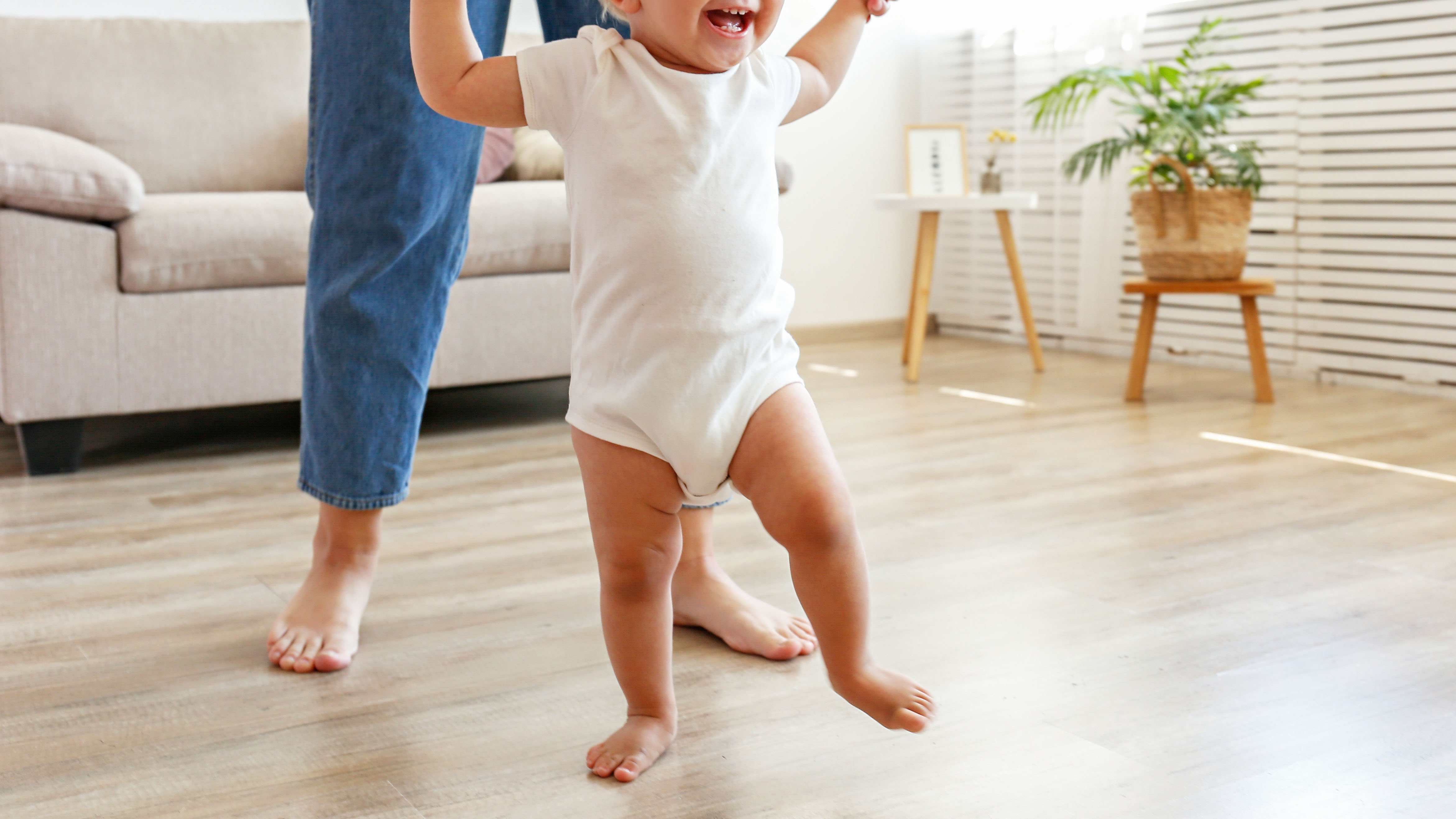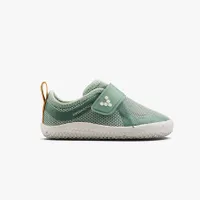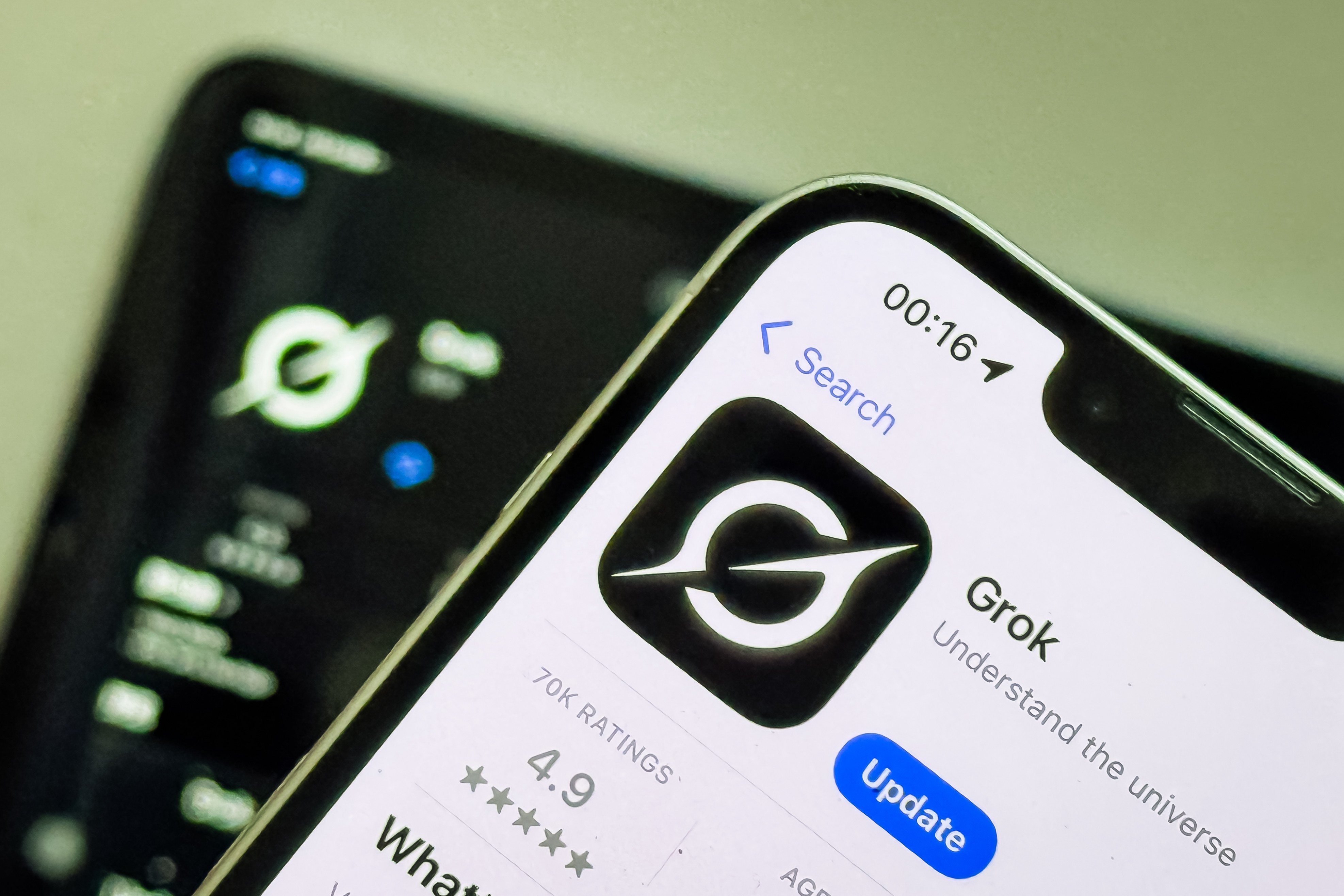My toddler will only wear these shoes — and here’s why a podiatrist agrees with him

After 16 months of unwavering love and care, my toddler said his first word. Sadly, it wasn’t mama, or even dada, it was ‘shoes’, and I blame Vivobarefoot.
My son walked at 10 months old, and as a fitness editor, I’ve been fanatical about the shoes he's worn on his feet. I know how important it is for babies to be able to flex their feet as they learn to walk, so I settled on some barefoot shoes for him to wear, and he loves them. He’ll bring me his shoes on an hourly basis, asking me to put them on, even if we’re not leaving the house. I opted for the Vivobarefoot Primus Sport IV Toddlers — and here’s why a podiatrist agrees with my son about them being a good choice.
The Vivobarefoot Primus Sport IV Toddlers start at size US 5 and run to US 8. They come in three different colorways, have a velcro fastening, and each shoe weighs 74g.
What should parents look for in shoes for toddlers?
As parents, we face a relentless stream of decisions from the minute our babies are born. Some are big, others, not so much, but the constant barrage can make the smallest decision feel overwhelming. To find out exactly what we, as parents, should be looking for when choosing shoes for our kids, I asked podiatrist Tracy Bryne for her advice, and Galahad Clark, a seventh-generation cobbler and Co-Founder of Vivobarefoot, about how this science goes into the design of the brand’s shoes.
Look for shoes with a flexible, thin sole
Toddler shoes should have a soft and flexible sole — if in doubt, pick the shoe up off the shelf and try and bend it. Unlike the sneakers on your feet, the best shoes for toddlers should fold, pretty much in half. “Soft and flexible shoes are best to allow for ‘flex’ and growth,” explains Bryne. “Look for shoes with a completely flexible sole that can be bent in half to aid natural development,” she adds, “toddler shoes should never be rigid.”
In adults, we’d call shoes like this ‘barefoot shoes’, but what we’re really referring to is a midsole that allows you to feel the ground beneath your feet. In children, this can help support foot development. Clark explains, “toddlers’ feet are soft, developing, and incredibly sensitive — full of nerve endings that help guide coordination and balance. Barefoot shoes protect little feet while still allowing for a full range of motion, ground feel for sensory-motor development, and the strengthening of muscles, tendons, and ligaments through natural movement.”
The sole of the shoe should be pretty thin, to allow the foot to feel the ground's texture and variations. This sensory feedback is vital for developing proprioception (awareness of where the body is in space) and improving balance and coordination in toddlers.

Look for shoes that are shaped like a foot
Toddlers naturally splay their toes for balance. When choosing a shoe, look for one with a wide, foot-shaped toe box that doesn’t taper in like many adult shoes do. This gives toes ample room to wiggle, spread out, and grip the ground effectively. This prevents compression and promotes healthy bone development.
Get instant access to breaking news, the hottest reviews, great deals and helpful tips.
“A wide toe box gives the toes space to spread out and engage, which is crucial for: balance and stability, healthy arch and joint formation, and preventing common issues like bunions or misalignment later in life,” explains Clark.
It’s also important to look for shoes made from natural, breathable materials to prevent discomfort and rubbing. “Natural materials such as leather and cotton-based materials are kindest on a baby’s feet,” says Bryne. Despite looking cute, Bryne recommends avoiding mini versions of the sneakers you wear — “the shoe should be lightweight and not have too many material components, as this can lead to a smaller than advertised size.”
Keep checking on the fit
The experts recommend getting your toddler’s feet measured every six to eight weeks, as those little feet will grow fast, and you want to ensure there’s still a good amount of room in the toebox (at least a thumb nail’s length between the end of the shoe and your child’s big toe). “Ill-fitting shoes in children contribute to misshapen feet and toes, joint pain and problems in knees, ankles and hips, poor balance, strength and posture, and can hamper a child’s walking and cerebral development,” warns Bryne.
“The right shoe can help prevent injuries, allow your child to run and jump without restriction, and aid healthy foot development and proprioception,” she adds.
As parents, we should be encouraging our children to run around barefoot as much as possible, but when they are wearing shoes, following the advice above can help set them up for healthy foot development.
More from Tom's Guide
- 9 best cross-training shoes 2025: tried, tested and reviewed by personal trainers
- The best baby monitors of 2025
- I'm a new parent — here's how I'm keeping my baby's room cool during a heatwave

Jane McGuire is Tom's Guide's Fitness editor, which means she looks after everything fitness related - from running gear to yoga mats. An avid runner, Jane has tested and reviewed fitness products for the past five years, so knows what to look for when finding a good running watch or a pair of shorts with pockets big enough for your smartphone. When she's not pounding the pavements, you'll find Jane striding round the Surrey Hills, taking far too many photos of her puppy.
You must confirm your public display name before commenting
Please logout and then login again, you will then be prompted to enter your display name.

